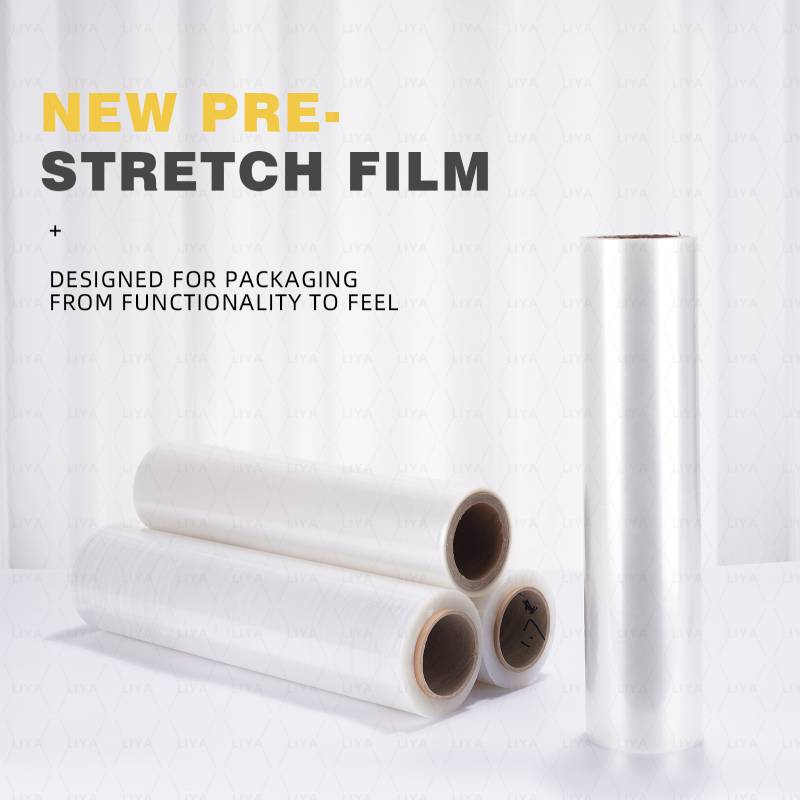Exploring the Benefits and Uses of HDPE Paper Bags for Sustainable Packaging Solutions
The Rise of HDPE Paper Bags A Sustainable Alternative
In recent years, environmental concerns have led to a significant shift in consumer behavior and packaging solutions. Among the various alternatives that have emerged, HDPE (high-density polyethylene) paper bags have gained popularity for their balance of durability, sustainability, and functionality. This article explores the properties, benefits, and growing significance of HDPE paper bags in our daily lives and for the environment.
Understanding HDPE
High-density polyethylene (HDPE) is a versatile plastic known for its high strength-to-density ratio. While HDPE is traditionally used in the manufacture of containers, bottles, and pipes, innovative technologies have allowed it to be utilized in the production of bags. When woven into paper-like textures, HDPE can create lightweight, strong, and water-resistant bags suitable for various applications.
The Environmental Benefits
One of the primary factors driving the popularity of HDPE paper bags is their environmental friendliness. As awareness of plastic pollution and its adverse effects on wildlife and ecosystems grows, more consumers and businesses are seeking sustainable packaging options. HDPE paper bags contribute to this goal by being recyclable and reusable, thereby reducing the demand for single-use plastics that often end up in landfills and oceans.
Additionally, most HDPE paper bags can be recycled back into new products, promoting a circular economy. This recycling potential further diminishes the environmental footprint associated with their production and disposal. Furthermore, unlike traditional plastic bags, HDPE paper bags can be produced from renewable resources and may integrate recycled materials, aligning with the principles of sustainability.
Versatility and Durability
hdpe paper bag

HDPE paper bags are not only environmentally conscious; they are also practical and efficient. They offer remarkable durability when compared to traditional paper bags, withstanding heavier loads without tearing or failing. This resilience makes them a reliable choice for retailers, grocery stores, and restaurants, where product safety is paramount.
Their design versatility is another appealing aspect. HDPE paper bags can be produced in various sizes, colors, and styles, catering to a wide array of branding needs. Businesses can customize these bags to promote their brand while simultaneously communicating their commitment to sustainability—an attractive proposition for today’s eco-conscious consumers.
Growing Market Trends
The transition away from single-use plastics represents a significant trend within global markets. Many countries and regions have implemented bans on plastic bags, prompting retailers to seek sustainable alternatives. As this trend continues to gain momentum, the demand for HDPE paper bags is set to increase.
More than just a regulatory response, this shift reflects a transformation in consumer attitudes towards sustainability. Modern consumers favor brands that demonstrate social responsibility, which has led to many businesses adopting environmentally friendly practices as a core aspect of their operations. As such, incorporating HDPE paper bags into packaging strategies not only meets regulatory compliance but also enhances brand reputation and customer loyalty.
Conclusion
As the world grapples with the challenges of plastic pollution and climate change, the adoption of sustainable packaging solutions like HDPE paper bags is crucial. Their combination of strength, versatility, and environmental benefits makes them a favorable alternative to traditional plastic bags. By choosing HDPE paper bags, consumers and businesses alike can contribute to a greener planet while still enjoying the functional benefits of effective packaging. It’s a win-win situation that reflects a brighter, more sustainable future in the realm of consumer goods and packaging solutions.
-
The Best Uses for Small Trash Bags in Daily LifeNewsJul.01,2025
-
Stylish Reusable Grocery Bags TrendsNewsJul.01,2025
-
Shipping Advantages of Using Bubble Envelopes BulkNewsJul.01,2025
-
How Compostable Mailing Bags Reduce Environmental ImpactNewsJul.01,2025
-
Environmentally - Friendly Bulk Poly MailersNewsJul.01,2025
-
Eco Friendly Custom Laminated Tote BagsNewsJul.01,2025
-
Have the freedom of customizing your custom mailers any way you want! Our dedicated packaging support will help deliver you the mailing experience you need to elevate your shipping experience to the next level! Start making a strong impression on your customers and stand out from your competitors! -
LIYA uses high quality raw materials which directly purchased from large enterprises domestic and overseas such as PetroChina, Sinopec, Sabic, Equate, ExxonMobil, Dow Chemical, Total, and Borouge, ensuring the price advantage and quality of the raw materials. -
LIYA uses high quality raw materials which directly purchased from large enterprises domestic and overseas such as PetroChina, Sinopec, Sabic, Equate, ExxonMobil, Dow Chemical, Total, and Borouge, ensuring the price advantage and quality of the raw materials.





